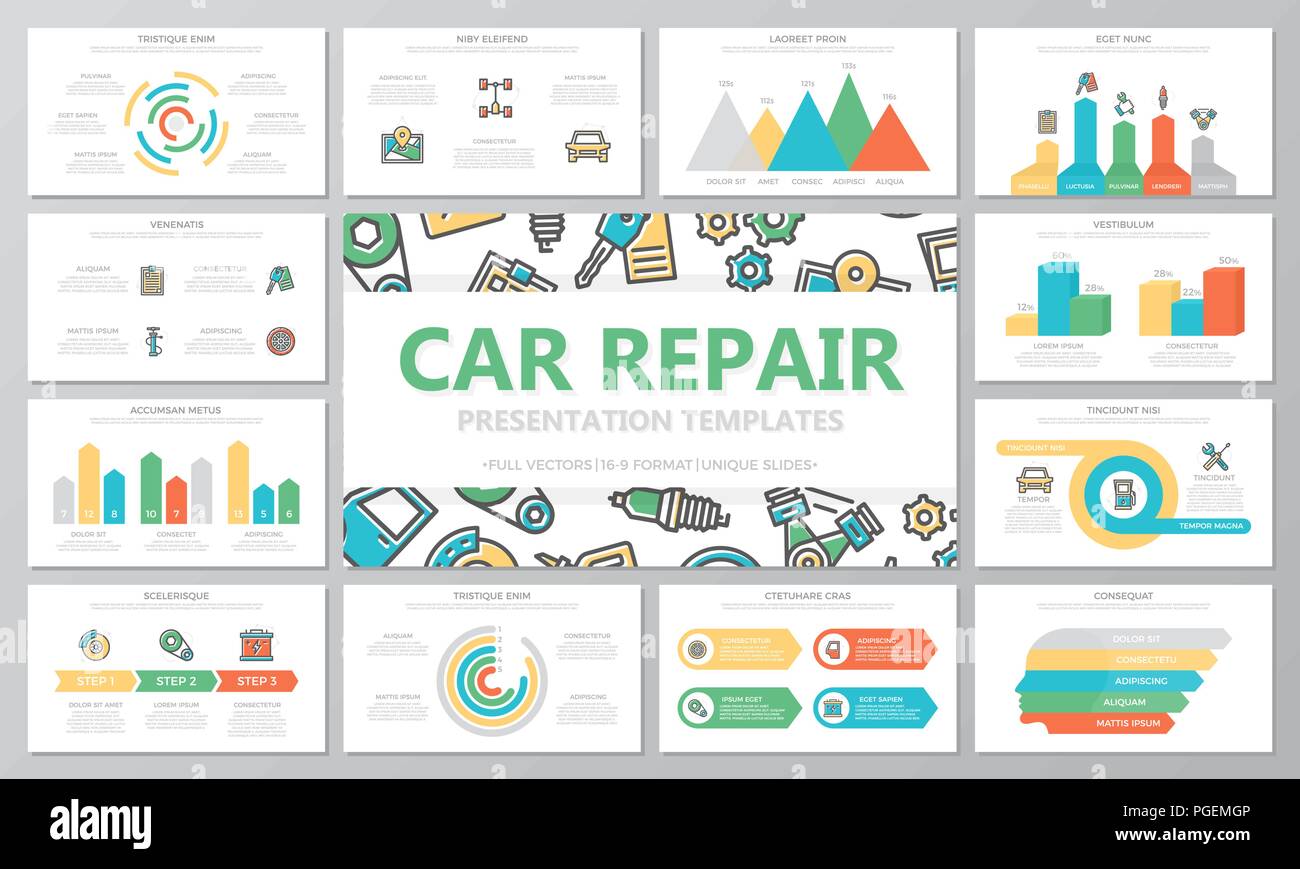Analyzing Your Auto'S Warning Indicators: What They Really Convey
Analyzing Your Auto'S Warning Indicators: What They Really Convey
Blog Article
Post Composed By-Higgins Shepherd
When you lag the wheel, those glowing warning lights on your control panel can be a bit complicated. Do you know what they're trying to tell you about your cars and truck's wellness? Recognizing the significance of these lights is crucial for your safety and the durability of your car. So, the next time among those lights appears, wouldn't you wish to analyze its message precisely and take the necessary actions to resolve it?
Common Warning Lights and Interpretations
Identify usual caution lights in your auto and recognize their meanings to ensure safe driving.
One of the most common warning lights consist of the check engine light, which signals problems with the engine or emissions system. If this light begins, it's critical to have your vehicle examined immediately.
The oil pressure cautioning light suggests reduced oil stress, needing instant interest to prevent engine damage.
A flashing battery light could recommend a defective charging system, potentially leaving you stranded if not addressed.
The tire pressure tracking system (TPMS) light alerts you to reduced tire stress, affecting car stability and fuel effectiveness. Disregarding this might bring about risky driving conditions.
The abdominal muscle light shows an issue with the anti-lock braking system, compromising your capability to stop promptly in emergency situations.
Lastly, the coolant temperature level advising light warns of engine overheating, which can lead to serious damage if not settled swiftly.
Comprehending these typical warning lights will certainly help you deal with concerns quickly and maintain risk-free driving problems.
Value of Prompt Attention
Understanding the common warning lights in your auto is only the first step; the relevance of quickly attending to these warnings can't be emphasized sufficient to ensure your safety when traveling.
When a caution light brightens on your dashboard, it's your car's method of interacting a potential problem that needs focus. Neglecting these cautions can bring about more severe problems later on, jeopardizing your security and possibly costing you more out of commission.
Trigger interest to cautioning lights can avoid failures and mishaps. As an example, a blinking check engine light might suggest a misfire that, if left unattended, could create damage to the catalytic converter. Addressing simply click the up coming article can conserve you from a pricey repair.
Likewise, https://juliuslfauo.blogtov.com/12584879/exactly-how-can-mobile-car-outlining-change-your-automobile-care-experience-while-making-certain-quality-discover-the-crucial-aspects-to-think-about-prior-to-selecting-a-detailer warning light might signify low brake liquid or used brake pads, crucial elements for your security when driving.
Do It Yourself Troubleshooting Tips
If you observe a caution light on your control panel, there are a few DIY troubleshooting tips you can attempt before seeking professional assistance.
The first step is to consult your auto's handbook to recognize what the particular warning light indicates. In some cases the concern can be as simple as a loose gas cap triggering the check engine light. Tightening up the gas cap may solve the trouble.
Another typical problem is a reduced battery, which can cause different advising lights. Checking the battery links for corrosion and ensuring they're safe may fix the problem.
If a caution light lingers, you can try resetting it by disconnecting the auto's battery for a few minutes and after that reconnecting it. Additionally, examining your automobile's liquid degrees, such as oil, coolant, and brake liquid, can help fix cautioning lights associated with these systems.
Final thought
In conclusion, comprehending your car's warning lights is crucial for keeping your lorry running smoothly and securely. By quickly attending to these signals and recognizing what they mean, you can avoid costly fixings and possible malfunctions.
Remember to consult your auto's handbook for particular information on each alerting light and act appropriately to make sure a trouble-free driving experience.
Remain educated, stay secure on the road!
